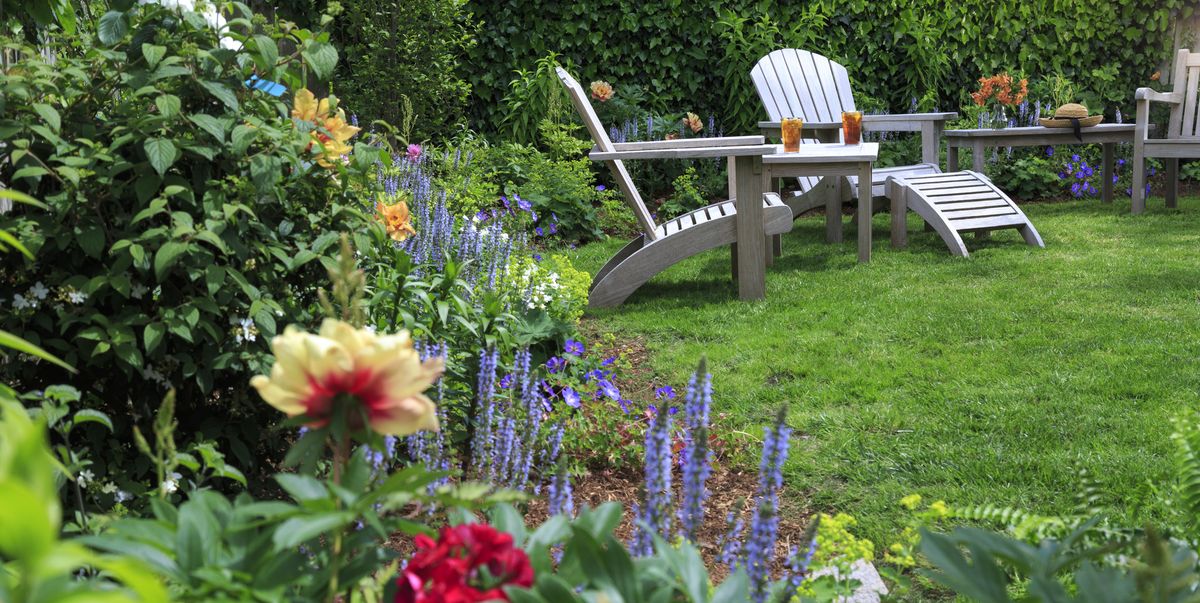Gardening gives both nutritional food and lovely scenery. After a long winter, many people look to it for a refreshing return to outdoor living. Year-round indoor gardening helps to purify the air in your house and is a fun hobby. Gardening allows you to connect with nature and cultivate a strong sense of fulfillment. There are also various health and wellness advantages, such as:
- Reduced stress levels
- Improved mood and memory
Gardening is also a great way to get some exercise and physical activity. Here are 15 smart gardening tips and useful reminders to help you save time and money if you’re using gardening for health, wellness, or sustainable living.
Table of Contents
Make a plan.
Don’t put on your gardening gloves just yet. A plan is the first step toward a lush indoor or outdoor garden. The work you put in ahead of time results in a more plentiful harvest.
Decide on what you wish to grow. Growing food that you and your family like eating encourage you to get your hands dirty. If your children refuse to eat Brussels sprouts, you may want to avoid wasting time and energy producing them and instead focus on something they will eat, such as tomatoes or squash.
Determine what grows best in your location. Talk to your neighbors about what grows well in their gardens. Grow plants that are local to your area. Look for species that will work with your timetable. Some landscaping plants provide beauty while requiring little maintenance.
Determine the bright and shady regions around your house. Keep in mind that not all plants require full sun. Some plants thrive in partial or complete shade.
Try to work at a highly visible and easily accessible location. Keeping your garden in sight helps you remember to garden. If the garden is on the other side of the trees behind the garage, it may be overlooked. Besides, after all your hard work, you deserve to relax and enjoy your garden.
Rethink your lawn. Rather than viewing the lawn and garden as separate entities, consider them as a single ecosystem. Is the lawn taking up some of the good sunny locations where a plant would thrive? Reduced lawn footprint saves time, effort, and resources.
Prepare yourself.
A lousy carpenter blames his tools, as the proverb goes, which is why a savvy gardener prepares for success by purchasing the greatest garden devices. Gardening tools, both old and new, with smart technology incorporated, can improve your gardening game.
Starting seeds inside saves time and typically results in a large harvest. If you have an indoor garden, you don’t have to wait for the first days of spring. On your countertop, these smart gardening devices begin growing herbs, fruits, and veggies. The seedlings can then be transferred to your outside garden for year-round produce.
Invest in high-quality gardening tools.
Shovels, pitchforks, and tillers are adequate, but contemporary innovation allows for more durable and lightweight construction. A minor investment in high-quality tools provides you with improved results.
Smart sprinklers and irrigation controls can help you manage your water usage.
Your plants will not be thirsty while you are at work or on vacation. Multiple zones for watering plants and lawns are controlled by elite app-driven models. Many have precipitation sensors, so you won’t waste time and resources watering a lawn that’s already soaked from rain.
Consider using containers and raised beds. These are useful if you have limited space around your property. They are suitable for porches, patios, and some roofs. Containers provide a great landing point for your seedlings and protect them from rabbits who may try to sample your work before it’s ready.
Mobility has many benefits. If you have restricted sunshine or shorter growing seasons, use wheeled containers or smaller planters that can move with the sun to maximize your production.
Take care of your crop.
What exactly is a smart garden? In summary, a smart garden uses cutting-edge linked technology to maximize harvest yields. A smart garden combines cutting-edge technology with tried-and-true agricultural practices. You’ll also notice that every entire list of vegetable gardening advice emphasizes the necessity of healthy soil.
Composting, a sustainable living approach that repurposes yard clippings and plant wastes, can be used to make your garden soil. Compost is a nutritious fertilizer that retains moisture and nutrients in rich soil. For convenience, consider a countertop composting unit. Do you find it difficult to make time to compost? Save coffee grounds and old tea leaves to increase the acidity of your garden soil for plants that require a lower pH.
Rich mulch shields root systems from dehydration and freezing temperatures at night. Compost can also be used as a mulch layer. To maintain your garden healthy and environmentally friendly, top it with straw or grass clippings.
Keep your garden tools clean to help them last longer. Even the best equipment is susceptible to rust, so clean dirt and moisture from tools after each use. It’s also a good idea to keep them close to the garden to save time and stay organized.
Trim and prune your plants with garden tools. Fruit and vegetables require leaves for sunlight, but too many leaves divert energy and nutrients away from the plant’s edible sections. Trim evergreens late in the season to reduce trimming during the following year.
Plantings should be spaced out. Some plants bear fruit early in the growing season. Others bear fruit in the late summer or early autumn. Make use of your plants’ natural cycles. If there are 2- to 3-week gaps between plantings, you can manage your crops more efficiently.
